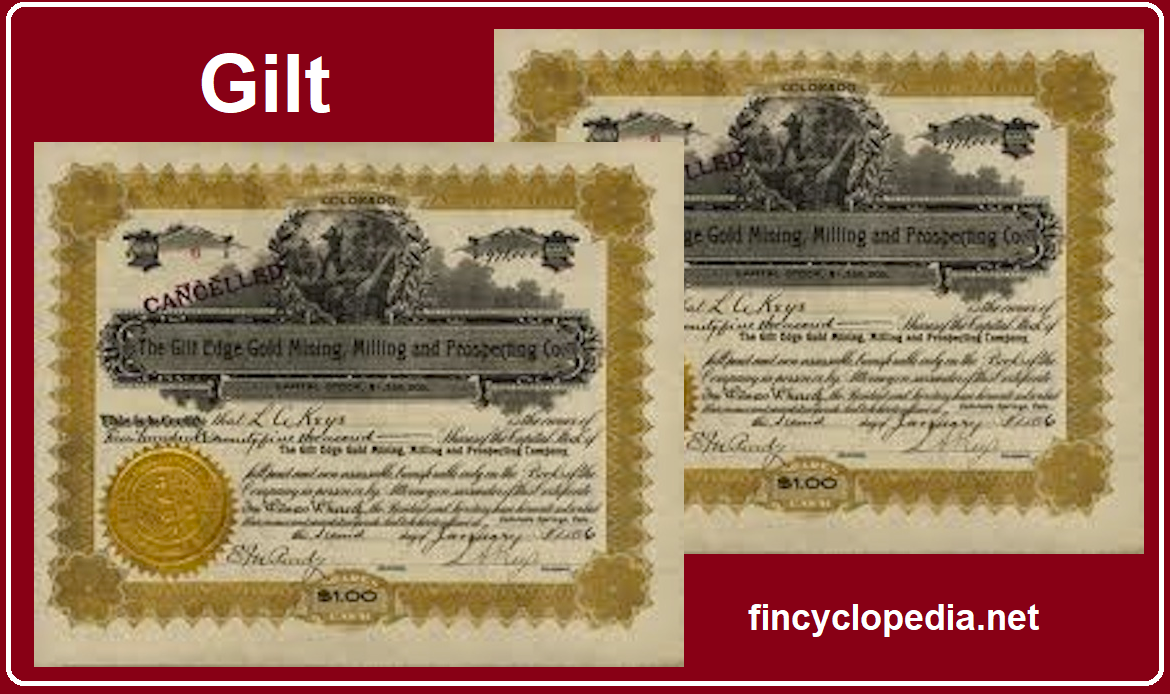A methodology which is used by an exchange clearinghouse to calculate the number of outstanding futures contracts in order to determine clearing margins. In a gross basis, the number of contracts equals the sum of the long and short futures positions. For example, consider a firm, member of a clearing corporation, which has three clients: one is long 50 futures, one is short 30 futures, and the other is short 10 futures. According to gross margining, the clearing margin would be calculated based on 50+30+10= 90 futures contracts.
Correspondingly, and in dollar terms, the gross basis describes the relationship between cash and futures prices. In this sense, it is the cash price minus the adjusted futures price:
Gross basis = cash price – adjusted futures price
The adjusted futures price is given by:
Adjusted futures price= futures price × conversion factor




